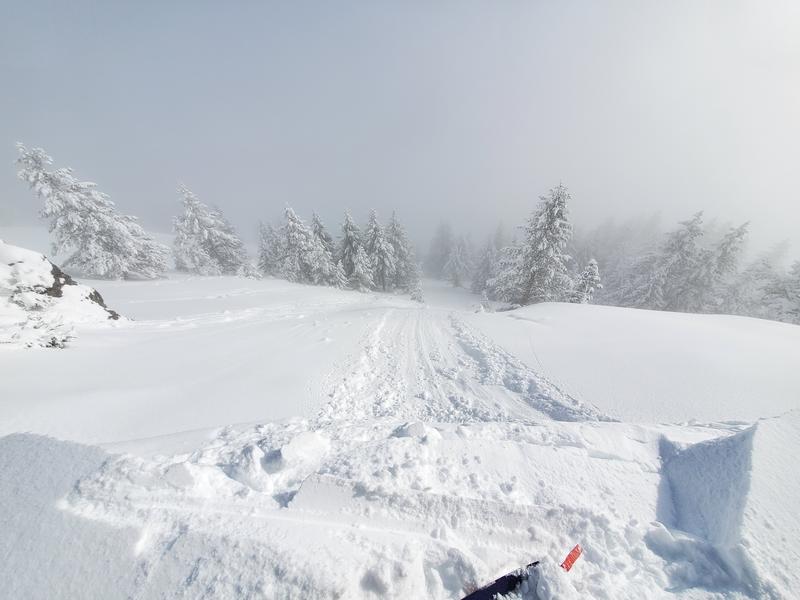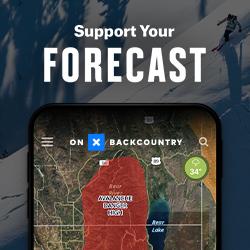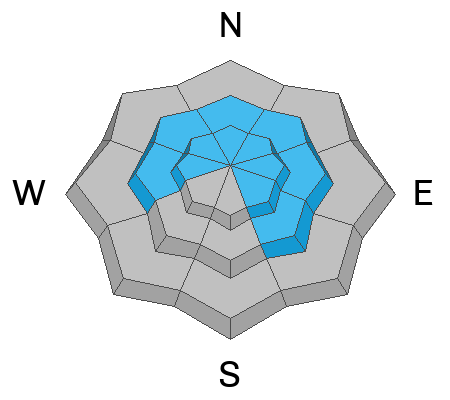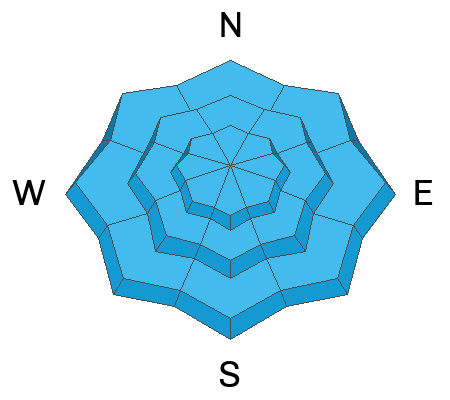Forecast for the Ogden Area Mountains

Issued by Nikki Champion on
Saturday morning, February 10, 2024
Saturday morning, February 10, 2024
Today, the avalanche danger is MODERATE. Deadly slab avalanches may fail in a persistent weak layer and be up to 6' deep on upper and mid-elevation slopes facing west through north and southeast. On all other slopes, the main concern is soft slabs of storm snow or wind-drifted snow 2-3' deep. In areas without a cohesive slab, you may trigger long-running loose snow sluffs in steep terrain.
With clearing skies, backcountry riders will continue to encounter elevated avalanche conditions. Evaluate snow and terrain carefully. Excellent riding conditions exist on lower-angled slopes in all directions.
With clearing skies, backcountry riders will continue to encounter elevated avalanche conditions. Evaluate snow and terrain carefully. Excellent riding conditions exist on lower-angled slopes in all directions.
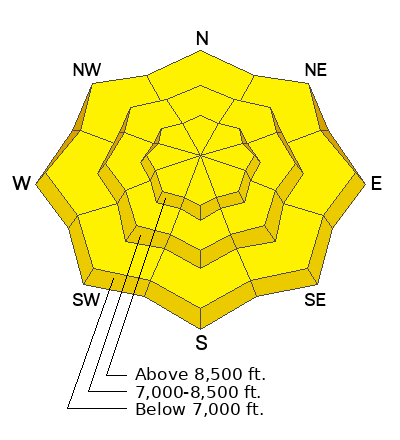
Low
Moderate
Considerable
High
Extreme
Learn how to read the forecast here



